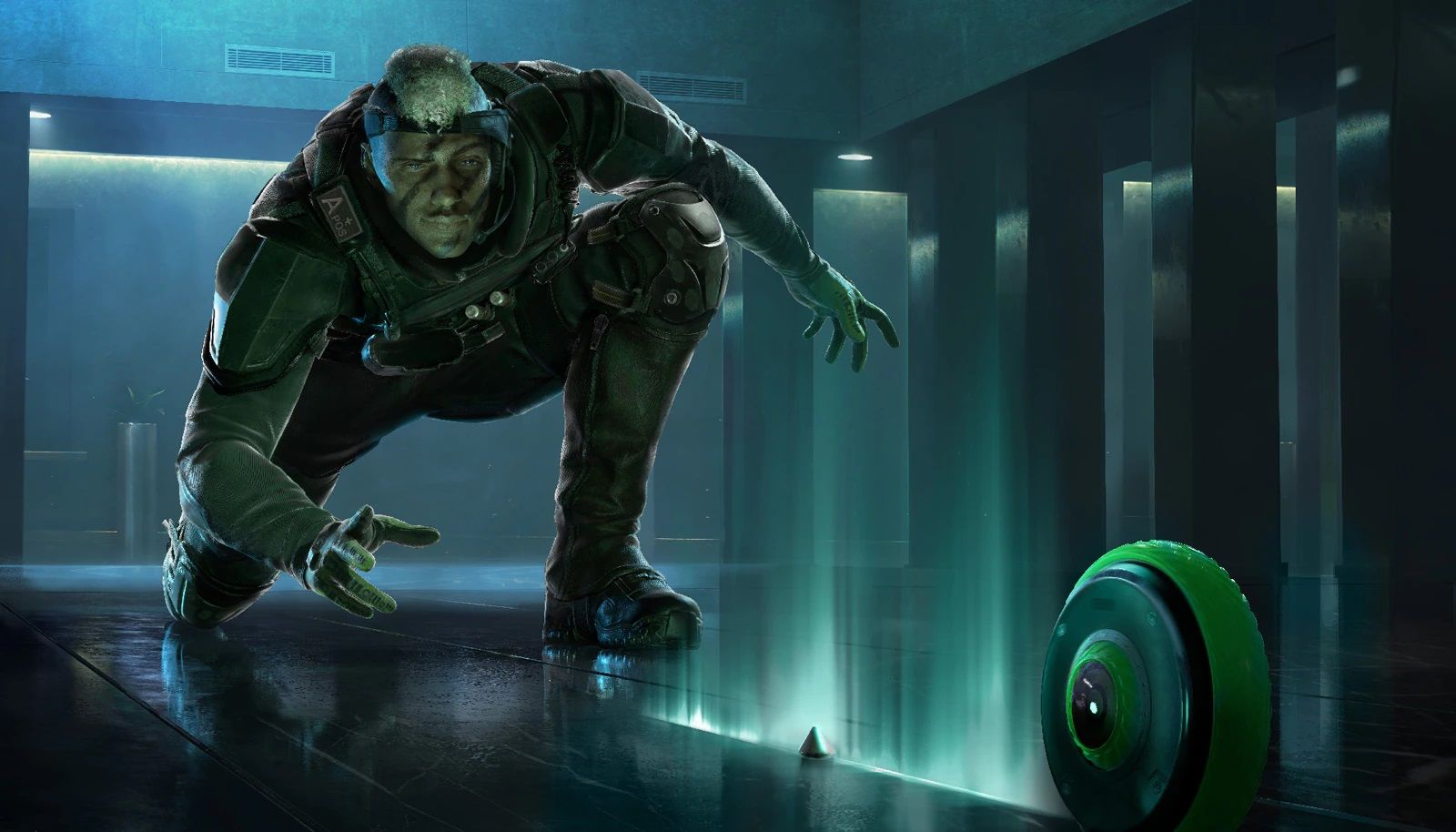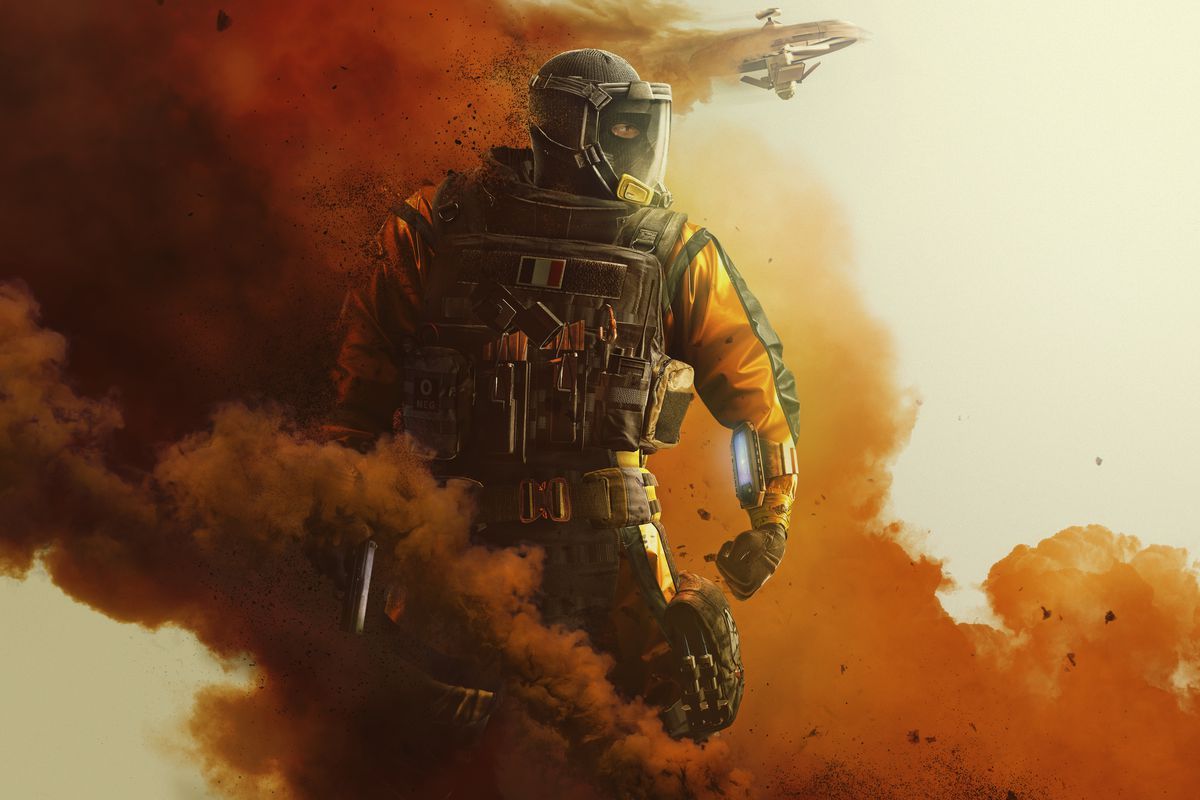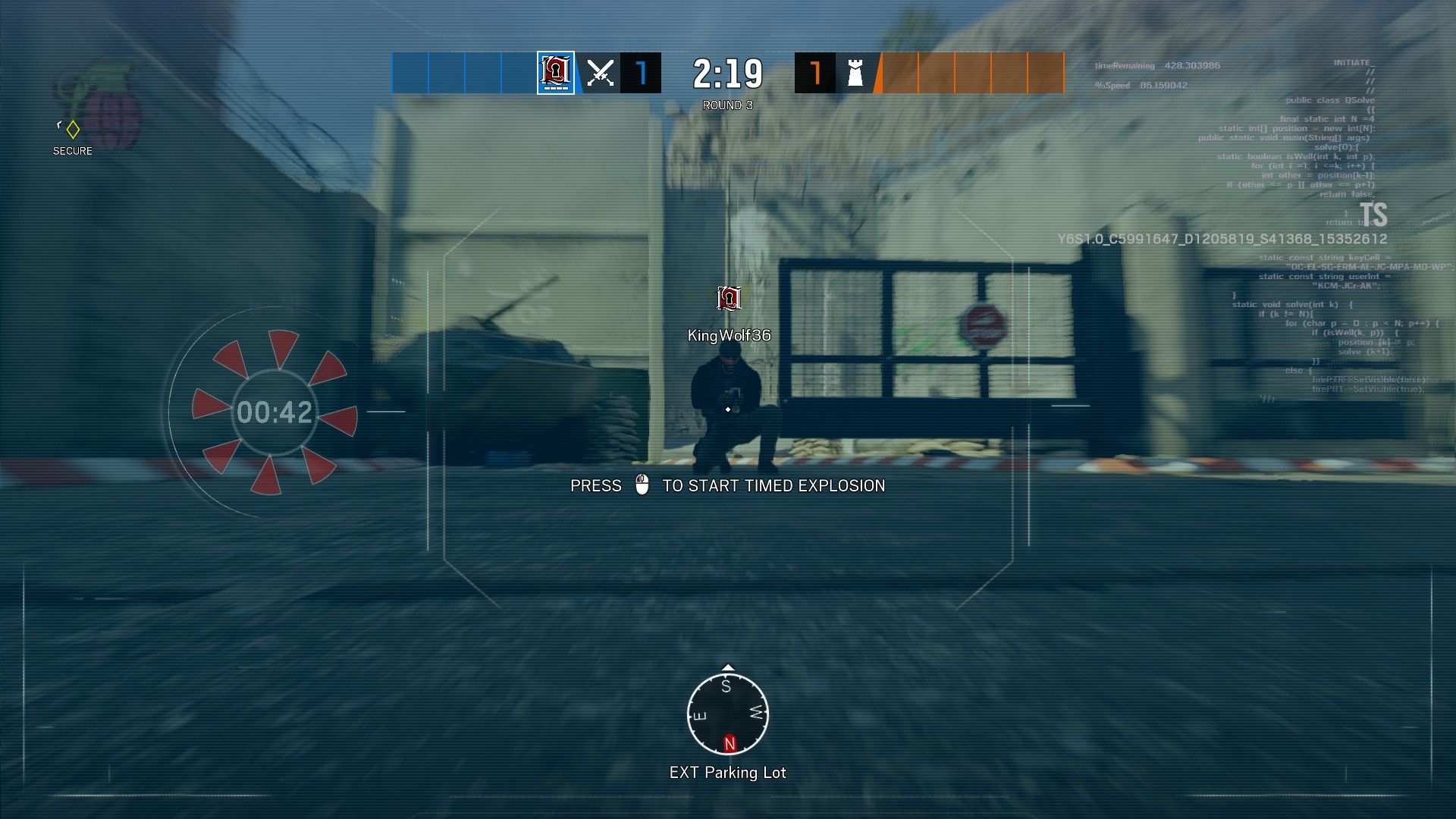Rainbow Six Siege Year 7 seemed to have everything going for it, with a promising roadmap as well as a potentially game-changing operator: Azami. But comparing the statistics of this year to previous years, Year 7 has been a failure for Ubisoft up until now. As the longest-running multiplayer game from Ubisoft, Rainbow Six Siege experienced significant growth in its player base from launch up until Year 5. But things took a turn for the worse from Year 6 with a significant drop in the number of average players on PC. In Year 7, the slump looks set to continue.
Before getting into the details, I should make it clear that all the data here is based on the Steam version of Rainbow Six Siege.
Thanks to the data provided by Steam Charts, we have a good overview of the average concurrent players in Rainbow Six Siege. From its release until Year 3, Rainbow Six Siege managed to get up to 83,000 average concurrent players over time. The beginning of Year 4 wasn't successful enough as the game lost players throughout Year 3, and it was clocking an average of over 69,000 concurrent players in March 2019.
The average and peak number of con
CHECK THIS OUT: The Ongoing War Over Elden Ring Boss Music Lyrics
Year 5 marked a big resurgence for Siege. In March 2020 when its first Season launched, Rainbow Six Siege reached almost 120,000 average concurrent players, which is an all-time high for the game. Even the peak number for concurrent players saw a new height with over 198,000 players.
After that, the game started to slowly lose players, returning to an average of 85,000 concurrent players in March 2021 with the launch of Year 6. The downward slope continued to drain the number of active players in Siege until the game set an average number of over 46,000 concurrent players by the beginning of Year 7.
The average and peak number of concurrent players at the beginning of each Year
Since the beginning of Year 7, the game has slowly lost players, and the average number of concurrent players for the last month is sitting around 38,000 - the lowest number since October 2017. This is already a critical sign for Ubisoft as Rainbow Six Siege has been continually losing players for a good two years now.
Why the Slump?
First and foremost, Ubisoft needs to listen to the community. Currently, the game is divided into two sections: casual players who'd like to get back to the old Siege with slower, more realistic gameplay, and pro players who prefer the recent changes and would like the game to become more fast-paced than before.
Ubisoft has been mostly listening to pro players in the last few years, making changes that turn Rainbow Six Siege into an esports-friendly experience. But looking at the results, these decisions have forced many casual players to leave the game since Year 5.
Some of these changes include harsh nerfs for Ash, Zofia, and Blackbeard. Increasing the recoil of R4C and M762 to a high degree almost removed these Ash and Zofia from the comfort zone of many casual players. Also, the nerfs applied to Blackbeard turned the operator's main gadget into an almost useless and fragile utility, disappointing the Blackbeard mains.
Other than that, Ubisoft removed some realistic aspects of the game over time, which again, caused disappointment for the casual community. Changes such as the disappearance of dead bodies, removal of explosion haze, and even ignoring the background of some operators in balance changes could be small but effective reasons for casual players to spend less time on Rainbow Six Siege. As an example, Ubisoft decided to remove Withstand, a passive ability for Zofia, to make the game a simpler experience for newcomers with fewer secrets. The developers were determined to remove Smoke's immunity to Gas Grenades as well, but the huge backlash from the community stopped them.
Last but not least, Ubisoft's refusal to bring some old-Siege features to the casual playlist such as Night Mode maps was another bummer for the non-competitive players.
In Year 5, the game received neither new maps nor new weapons, but the first two seasons brought some of the greatest Operators in the history of Siege. Iana, Oryx, Ace, and Melusi are all top operators with a high pick rate both in casual and competitive matches.
The reason for such great reception from fans in Year 5 was the fact that the new operators filled significant gaps in the tactical plans of players. All operators in the first half of Year 5 felt fluid and almost flawless, so it's probably safe to say that the Siege community is happier to receive better operators rather than new content.
In other words, the first half of Year 5 in Rainbow Six Siege was a win-win era for both casual and pro players when it came to the new operators.
Other than listening to the casual community, Ubisoft also needs a solid way to counter cheaters. Currently, cheaters are actively ruining the experience in the top levels of the Ranked mode. Despite Ubisoft's efforts to run a two-step verification gate for Rainbow Six Siege, there are still enough cheaters to make anyone deeply fed up with playing Ranked.
One other reason that has probably made Rainbow Six Siege less popular is the launch of Valorant - a game that combines CSGO-style gunplay with Rainbow Six Siege's hero-shooter concept, and it's pretty successful. While we don't have exact numbers, the concurrent player counts on Riot's shooter appear to be over half a million a day, which is huge. Also, we have spotted some well-known Rainbow Six Siege pro players streaming and liking the approach of Valorant in recent months.
Such a significant decrease in the number of players will have consequences for the future of the game, and Ubisoft needs to make a critical decision: either make the game free-to-play or start looking into a sequel and a fresh start.
What's Next for Siege?
In an AMA session on Reddit last year, Ubisoft Montreal confirmed that as long as they didn't feel like they needed to develop a new game, there wouldn't be a Rainbow Six Siege 2.
But despite saying that Year 7 would be the most ambitious year of the game so far, Ubisoft has failed to attract new players to the game. This might force the developers to think of an even bigger change for Rainbow Six Siege - big enough, perhaps, to warrant making a sequel?
However, if Ubisoft still insists on securing the current game and expanding it with seasonal updates, then we will soon reach a point where the French publisher may have to consider making Rainbow Six Siege a free-to-play game to increase the number of active players.
Either way, Rainbow Six Siege is not in great shape, and the community should probably prepare for a big change ahead. Of course, the game is not dying, but if the number of active players continues to decrease at the current rate, the game could really struggle over the next two or three years.






